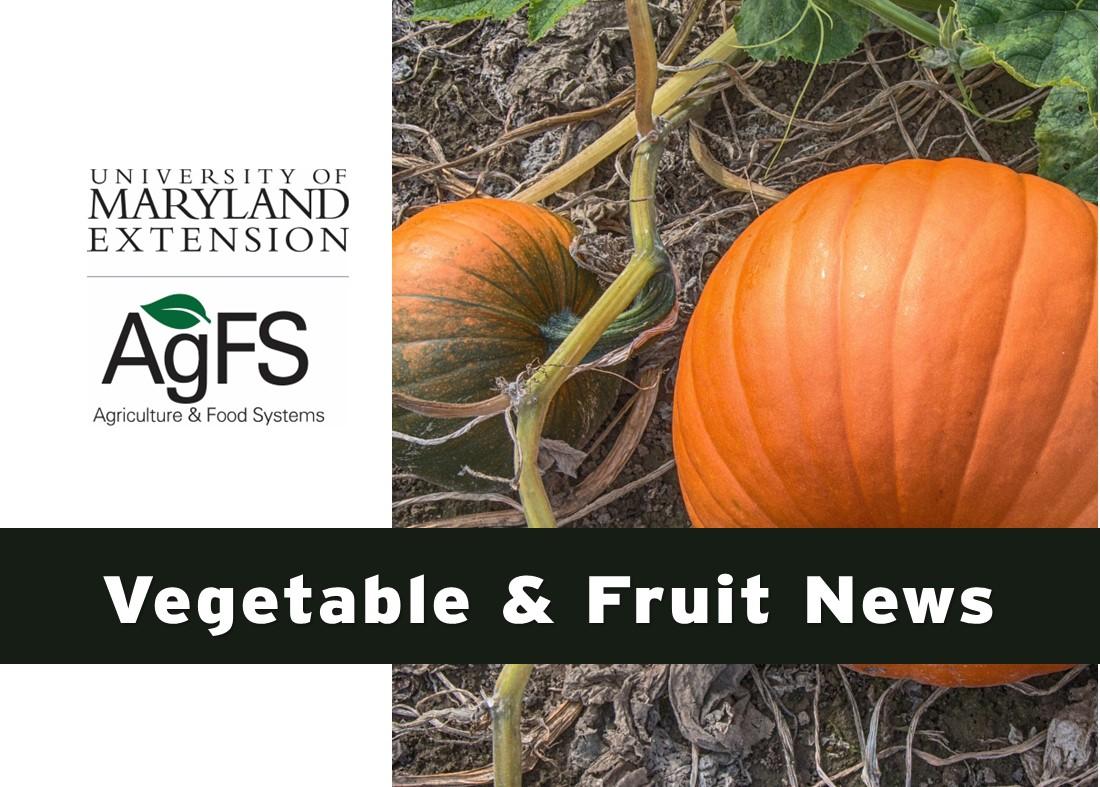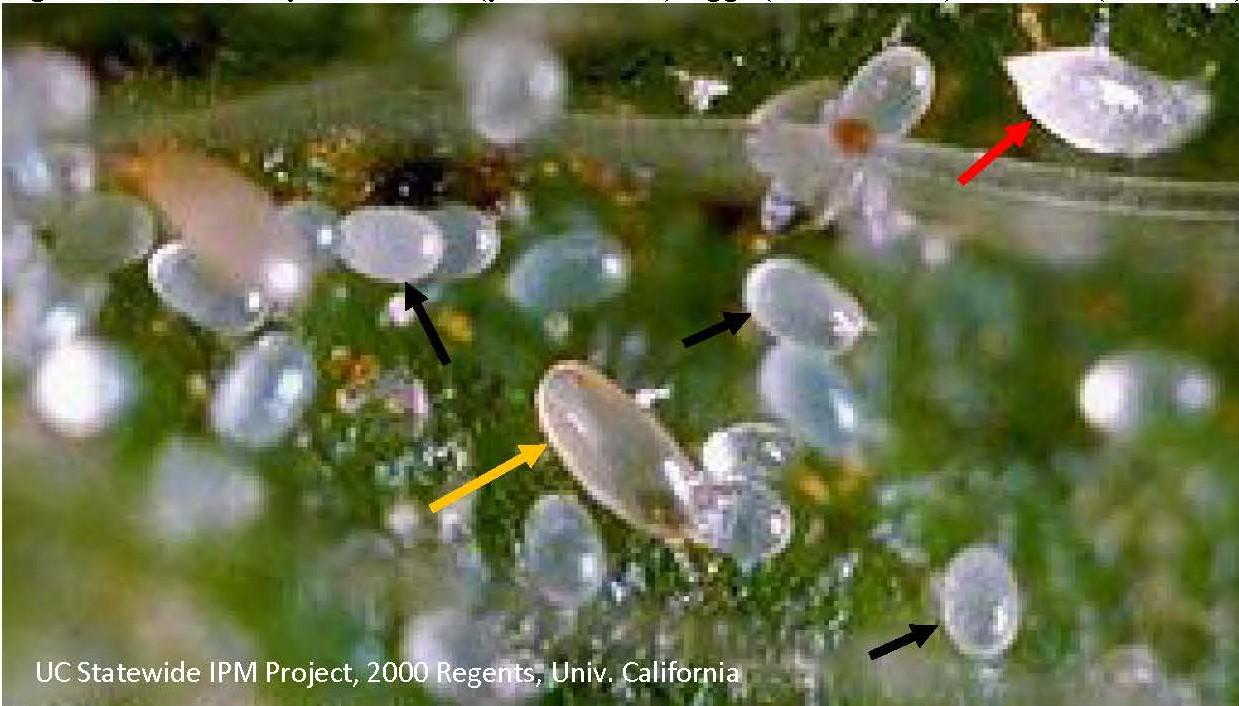Updated: October 23, 2024
Strawberry Sap Beetle Management in Maryland Strawberry Production (FS-2023-0656)
Strawberry sap beetles cause direct feeding damage to strawberry fruit, with diversified and pick-your-own operations at highest risk. Cultural controls that reduce accumulation of overripe fruit effectively reduce damage. Well-chosen insecticide applications also contribute to successful management. Authors: Sankara Ganesh, Maria Cramer, and Kelly Hamby; Title: Strawberry Sap Beetle Management in Maryland Strawberry Production (FS-2023-0656)




